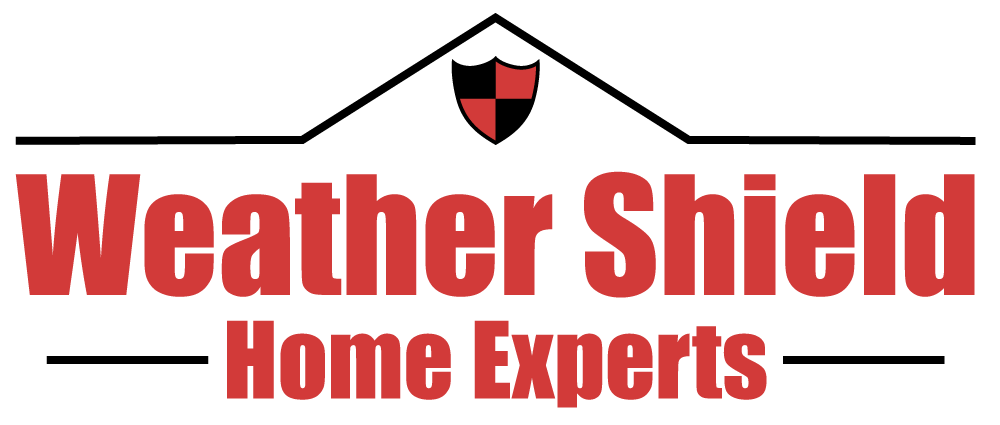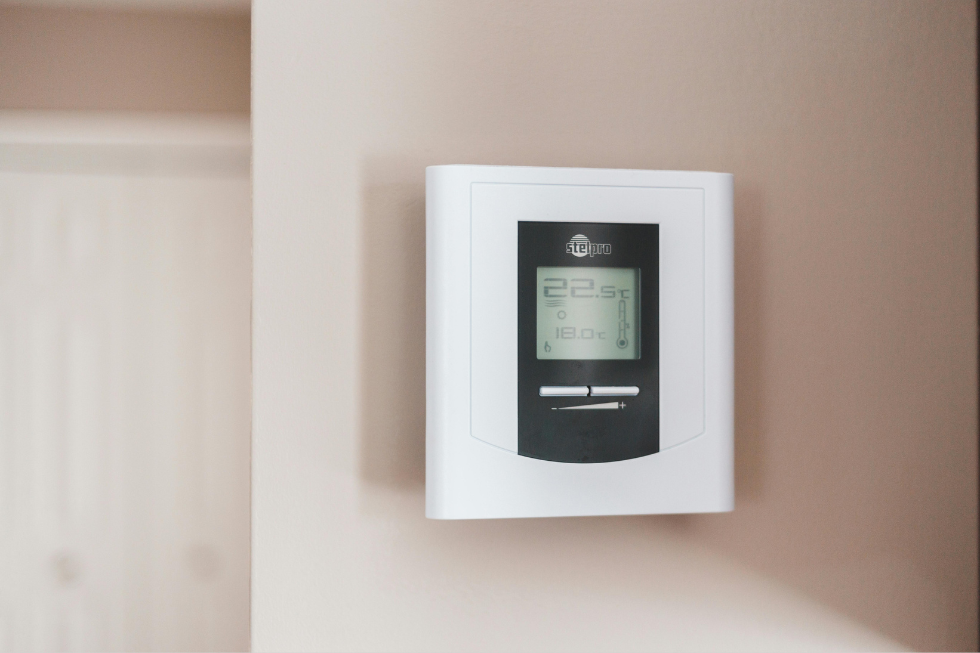Energy efficiency isn’t just a buzzword; it’s a vital component of sustainable living and a tangible contributor to financial savings. As a homeowner, understanding the role of insulation in your home’s energy efficiency is key to creating a comfortable living environment while reducing your ecological footprint. In this comprehensive guide, we’ll delve into why insulation is crucial, the various types available, how to choose the right one, the installation process, and additional measures to further bolster your home’s efficiency. Let’s insulate our way to a greener, cozier home.
The Weave of Energy Efficiency and Insulation
In the grand tapestry of home design, energy efficiency deserves its own vibrant thread. Today’s homeowners seek ways to minimize their energy footprint, primarily due to rising utility costs and an increased focus on environmental stewardship. Insulation is one of the most effective means of achieving this, acting as a silent guardian against the loss of energy from your home’s thermal envelope – the barrier between the indoor and outdoor climates. But insulation does more than just keep the warm air in during winter and the cool air in during summer; it enhances your quality of life and home value. In this day and age, a well-insulated home isn’t just a comfort—it’s a smart investment.
Benefits of Insulation
Reduced Energy Consumption
When your home is appropriately insulated, you need less energy to maintain a comfortable temperature. This spells out to considerable reductions in heating and cooling costs since you’re no longer fighting a constant battle against the elements due to inadequate insulation. Think of it as a layer of armor for your home’s thermal defenses.
Lower Utility Bills
As a direct consequence of reduced energy consumption, your utility bills will reflective these savings. The initial investment in quality insulation should be seen as a long-term opportunity to save money, with many homeowners experiencing a return on investment in just a few years.
Increased Comfort and Indoor Air Quality
Insulation not only keeps the temperature stable but also has sound-dampening and anti-moisture properties that contribute to a higher level of comfort in your home. In effect, a well-insulated home is quieter and less prone to issues such as mold, improving the indoor air quality, and by extension, your family’s well-being.
Types of Insulation: A Look at the Arsenal
One size does not fit all when it comes to insulation. There are various types, each suited for different installations and offering distinct advantages. Let’s explore the main types:
Fiberglass Insulation
This is perhaps the most common and recognizable form of insulation, using small glass fibers that are formulated into batts or blown-in material. It’s known for its fire-resistant properties and is often employed in wall cavities and attic spaces.
Cellulose Insulation
Made from recycled paper and treated with chemicals to be fire-retardant, cellulose insulation is an eco-friendly choice. It’s also blown in but has a denser consistency that can provide superior thermal resistance.
Spray Foam Insulation
Spray foam is a two-part mixture that, when combined, expands into a foam that fills the space and hardens. This type of insulation has extremely high R-values (a measure of thermal resistance), offering exceptional energy efficiency.
Reflective Insulation
Reflective insulation systems (also called radiant barriers) work by reducing the radiant heat gain in summer and loss in winter. They are commonly installed in attics to reduce heat transfer from the underside of the roof.
Choosing the Right Insulation for Your Home
It’s crucial to select the appropriate insulation for your home to maximize its effectiveness. The right choice is influenced by several factors:
R-Value
The Department of Energy (DOE) recommends different R-values for different regions, with colder areas needing higher R-values. This ensures that your insulation is attuned to the relevant climate challenges and is capable of performing optimally.
Climate
As mentioned, the climate in which your home is located is a major determinant of insulation needs. For instance, a home in an area with significant temperature variations might benefit more from a high-density insulation like cellulose.
Budget
Certainly, budget constraints play a role in your insulation selection. However, it’s important to view insulation as an investment, balancing upfront costs with long-term savings.
Consulting with Professionals: The ‘Who’ and the ‘Why’
Insulation can be a complex field and consulting with a professional can be both insightful and practical. They can help you:
- Understand the different materials and their performance in your climate
- Calculate the best R-value for your home’s areas (attic, walls, floors, etc.)
- Provide a more accurate estimate for your project
A professional assessment can provide peace of mind that your insulation needs will be fully addressed.
The Installation Process: Doing the Job Right
Proper installation is as important as choosing the right insulation. There are several steps in the process, each with its own details:
Preparing the Space
Before insulation can be installed, the space must be prepared. This involves clearing any debris, addressing moisture issues, and ensuring that all relevant safety protocols are in place.
Installing Insulation Materials
The installation method will vary depending on the type of insulation. For example, spray foam is applied using special equipment while fiberglass batts require careful placement and cutting to fit the spaces.
Common Challenges and Solutions
During installation, common challenges can arise, such as the discovery of existing damage or the need to work around unusual architectural features. A professional installation team will have the experience to address these challenges effectively.
Additional Energy Efficiency Measures: Insulation’s Allies
Insulation doesn’t work alone. It is a key component, but other measures are necessary to create a comprehensive energy-efficient home. Some of these measures include:
Sealing Air Leaks
Insulation works best in conjunction with airtight seals. Windows and doors are common culprits for air leaks, and properly sealing them prevents heat or cool air from escaping.
Proper Ventilation
While insulation is designed to keep the elements out, it’s also vital that your home has proper ventilation to maintain a healthy atmosphere and prevent mold and moisture issues.
Energy-Efficient Appliances
Upgrading to energy-efficient appliances can further reduce your energy consumption. This could mean installing a smart thermostat, energy-star rated HVAC systems, or choosing LED lighting.
Insulation as an Engine for Efficiency
Insulation is the unsung hero of energy efficiency. It’s more than just a means to an end—it’s a central tool in the creation of a home that is both environmentally conscious and economically savvy. When homeowners take the time to invest in quality insulation, they are not only improving their personal comfort but also taking a step toward reducing their overall impact on the environment. This powerful combination of benefits makes insulation an essential element in the modern home.
As you continue your journey towards enhancing your home’s energy efficiency, remember to look at the bigger picture. Insulation is just one part of a holistic approach to sustainability and comfort. By layering on these different strategies, you not only experience immediate improvements in energy conservation and cost savings but also contribute to the broader global effort to reduce energy consumption and combat climate change.
Ensure your investments are safely protected and that your home insulation job is done right the first time. With lifetime warranties, the highest quality materials, and a team of certified professionals, Weather Shield Home Experts in Rochester, MN, offers the reassurance you need to make the shift to a more energy-efficient household. Contact us today to elevate your home into the epitome of sustainable living.

